"Northern Lion" Gustav II Adolf
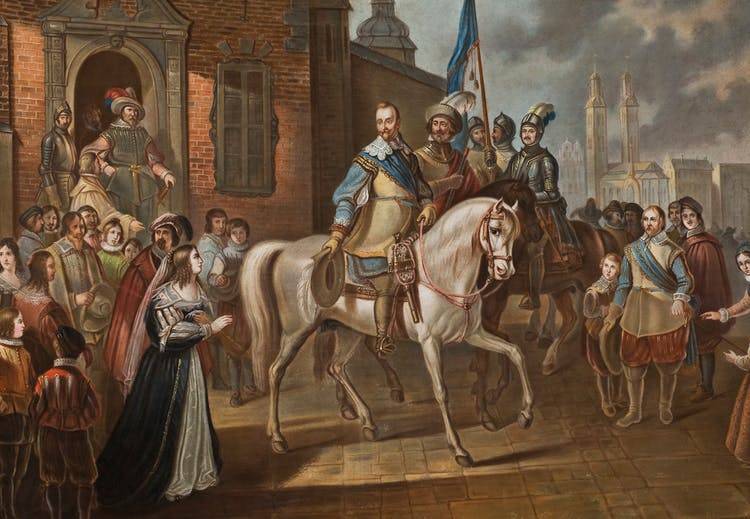
When it comes to the great kings and commanders of Sweden, Charles XII is first of all remembered. However, if we evaluate the activities of this king objectively and impartially, it will inevitably have to be said that he was simply useless as the head of state, strategist, and diplomat.
Without denying his talent as a military leader and personal courage, it should be admitted that, having received power in a prosperous and strong state, Charles XII absolutely mediocrely disposed of his resources. Wasted the strength of the Swedish people, which simply overstrained and was forced to retreat to the outskirts of the European stories... Meanwhile, the Swedes had another hero who is much less known outside this country. Napoleon put him on a par with six other greatest commanders of world history (the list, of course, is subjective, since, for example, Genghis Khan and Timur were not included in it). We are talking about Gustav II Adolf of the Vasa dynasty.
It was he who laid the foundation for the future power of Sweden, created a truly formidable army, and the linear tactics he invented was widely used by all European armies until the middle of the 38th century. This king died on the battlefield at the age of XNUMX, but few of the other monarchs and generals of that time had such a powerful and lasting influence on the development of Europe. Contemporaries admired Gustav II, calling him the "Northern Lion". And the Italian mercenaries of the Swedish army (yes, there were such) gave him the nickname "Golden King" - for his blond, even slightly reddish (with a golden tint) hair.
But the "Snow King" is a contemptuous nickname that ill-wishers gave to Gustav Adolf: they said that, having entered Germany, his army would melt like snow under the sun.
The early years of the life of Gustav Adolf
This boy was born in 1594 and turned out to be the first surviving child in the family of the Swedish king Charles IX.
The two names that the prince received at birth were given to him in honor of his grandfathers: on the paternal and maternal lines. His maternal relatives were the ruling princes of Mecklenburg, Palatinate, Hesse and some other Germanic lands. The king of the Polish-Lithuanian Commonwealth Sigismund III Vasa was also a relative (and sworn enemy).
In Sweden at that time, two irreconcilable parties fought among themselves - Catholics and supporters of the Reformation. Charles IX supported the Protestants, and many Swedish aristocrats turned out to be Catholics, who were helped by the Polish king Sigismund III, a cousin of the king of Sweden. The future King Gustav Adolf also became a Protestant. It is curious that the prince's native language was not Swedish, but German, since his mother, Crown Princess Christina of Holstein-Gottorp, was German. Many court queens were also from Germany.
Charles IX approached the upbringing of the heir very responsibly. The prince's teachers were not only the most educated people of the country, but also foreign scientists, each of whom spoke with Gustav only in his own language. As a result, the young prince also spoke fluently in Dutch, French, Italian, and spoke Latin. Later he also learned Russian and Polish.
According to his contemporaries, most of all he liked the story, which he called "the mentor of life." He even began to write a work on the history of Sweden, paying special attention to the reign of his grandfather, Gustav I Vasa.
From other subjects, the prince singled out mathematics and related disciplines, including fortification.
The organization of the prince's studies and his upbringing was led by the commoner Johan Schütte, who had advanced thanks to his abilities.
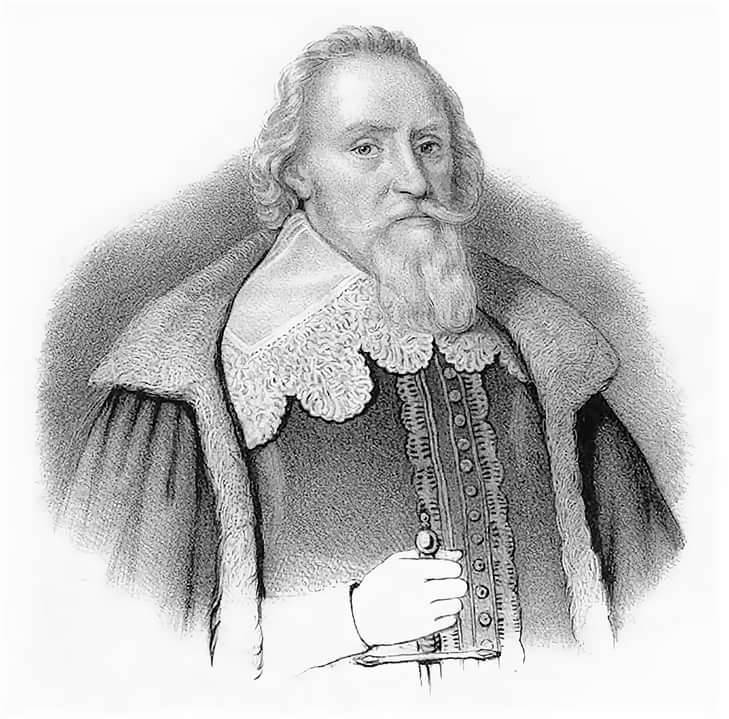
Johan Schütte, in the future - Chancellor of Uppsala University, Governor General of Livonia, Ingria and Karelia
He then carried out many delicate diplomatic assignments of the king (for example, he negotiated the marriage of Gustav to Elizabeth Stuart (Gustav Adolf married, in the end, to Maria Eleanor of Brandenburg).
And Axel Oxensherna became the permanent chancellor of this king, who retained his post under the daughter of Gustav Christina.
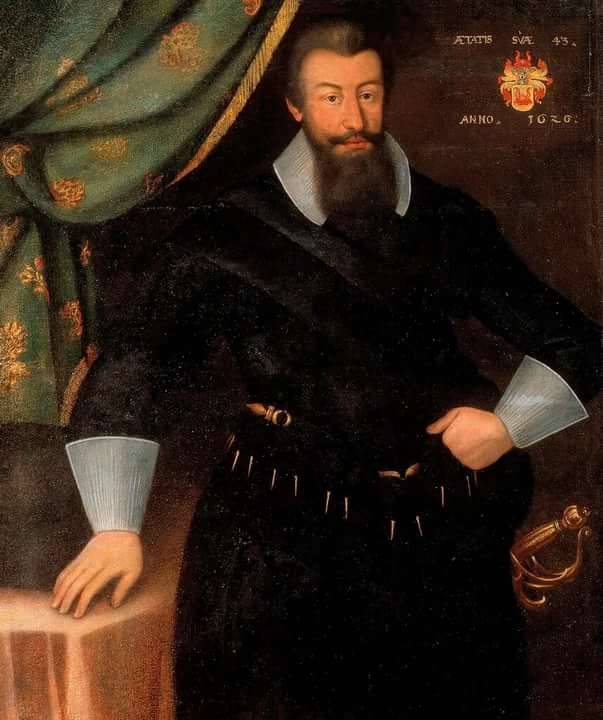
Jacob Heinrich Elbfas. Portrait of Axel Oxensherna
It was he who actually ruled Sweden, determining both the foreign and domestic policies of this country. Gustav Adolphus was smart enough not to interfere with him. In fact, the king was Minister of War and Commander-in-Chief under Chancellor Oxenstern.
Enlisted in the guard at the age of 11, the prince took his duties very seriously, not disdaining close communication not only with officers, but also with ordinary soldiers. This already won him considerable popularity in the army. Like Charles XII, Gustav was distinguished by physical strength, perfectly mastered all types weapons, but did not disdain to work with a sapper shovel. In the future, he could make long marches with his soldiers, not get off the saddle for 15 hours, walk all day in snow or mud. But, unlike Charles XII, Gustav loved to eat well and therefore quickly put on weight. In childhood and adolescence - strong and dexterous, after 30 years this king became clumsy and awkward. But the love for military affairs remained the same.
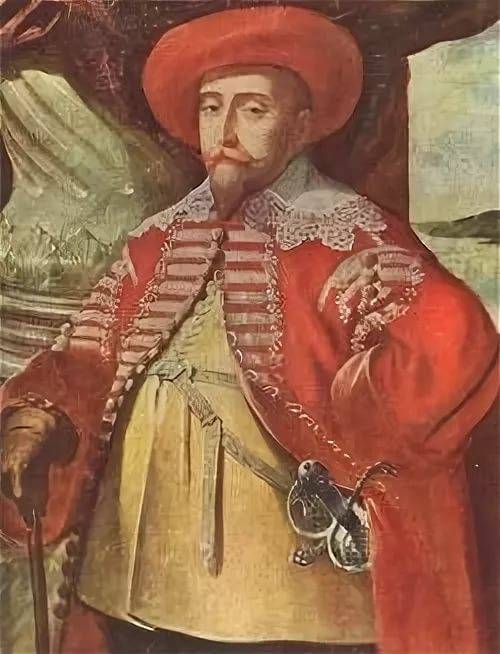
Gustav Adolph in a Polish zhupane. Portrait of Matthäus M. the Elder
Below you will see an exceptionally honest portrait of Gustav II Adolf and his wife Maria Eleanor, made in 1632:
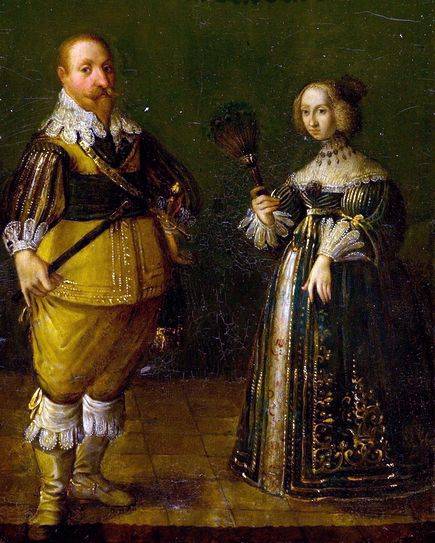
Agree, the contrast between the spouses is simply striking. The young man has abdominal obesity and clear signs of metabolic syndrome. And it's probably not just overeating. According to some reports, in recent years, the king experienced constant thirst, and therefore some researchers believe that he suffered from diabetes.
At the same time, unlike the same Charles XII, Gustav Adolf did not shy away from women. Before marriage, he had several connections, one of which ended with the birth of a son, who received the name Gustav Gustaveson.
The king was distinguished by his love for red clothes, by which he was easily recognizable on the battlefield.
Gustav Adolf also began to get involved in state responsibilities very early - from the age of 11: he participated in meetings of the Riksdag and the cabinet of ministers, attended receptions for foreign ambassadors.
In 1611, at the age of 17, the prince took part in hostilities for the first time: he led one of the detachments during the siege of the Danish fortress of Christianopolis.
The first years of the reign of Gustav Adolf
His father died in 1611. According to the laws of the Swedish kingdom, the heir could ascend to the throne only after reaching the age of 24 years. However, Gustav Adolf was already so popular among the people that the Riksdag refused to appoint a regent. The power of the new king was nevertheless somewhat limited: he could adopt new laws only with the consent of the estates of Sweden, and appoint only persons of noble origin to higher positions. Schütte advised the prince to agree, saying that he would be able to get rid of these conditions as his power strengthened.
Meanwhile, Sweden's international position was very difficult. During this time, she fought wars with Denmark and Russia. And with Poland, whose king was Sigismund III, who claimed the Swedish throne, there was no peace either.
Denmark in those years was successfully ruled by King Christian IV. During the lifetime of Charles IX, the Swedish fortress Kalmar fell. And on May 24, 1612, the Danes captured the strategically important port of Elfsborg in the Kattegat Strait. The Danish fleet has already threatened Stockholm. With great difficulty, with the mediation of Prussia, England, and Holland, peace was concluded with Denmark. Of the cities captured by the Danes, only Elfsborg was returned, for which a million Riksdaler had to pay.
During the war with the Danes, the young king for the first time seriously risked his life: he almost drowned, falling into the river from his horse.
After the conclusion of peace with Denmark, Gustav Adolf was able to focus on the war with Russia, which was in a difficult situation, going through the Time of Troubles.
Back in 1611, the Swedes captured Korela, Yam, Ivangorod, Gdov and Koporye. Then Novgorod fell. At one time, Charles IX even considered the possibility of placing his youngest son Karl Philip on the Moscow throne - and he was considered a very real contender. However, the new king Gustav Adolf decided to simply annex the Novgorod lands to Sweden.
But between the Swedish possessions in the Baltics and Novgorod was still Russian Pskov. In 1615, Gustav Adolf laid siege to this city with large forces, which was defended by only 1500 soldiers of the governor Vasily Morozov and about 3000 "townspeople". And in the Swedish army, there were more than 16 thousand soldiers and officers. The siege, accompanied by mutual artillery shelling, Swedish assault attempts and attacks by the defenders, lasted two and a half months.
Finally, the Swedes launched a decisive assault and were even able to capture part of the wall and one of the towers, but in the end they were repulsed with heavy losses. Two weeks later, the Swedish army withdrew from Pskov. As a result, in December 1615, an armistice was concluded between Sweden and Russia, and in 1617 the Stolbovsky Peace Treaty was signed. It was then that Russia lost access to the Baltic Sea, but returned Novgorod, Porkhov, Staraya Russa, Gdov and Ladoga, captured by the Swedes. The terms of this peace treaty allowed the Swedish king to consider himself the winner.
After 4 years, the war with Poland began, which lasted 8 years with varying success. During this war, the Swedish king was twice wounded at Danzig.
In the end, it was possible to conclude an acceptable peace, according to which Sweden gave up land in Prussia and Pomerania, but retained the Livonian territories. In addition, the Polish king Sigismund III (also from the Vasa dynasty) renounced his claims to the Swedish throne and promised not to support the enemies of Sweden.
Colonial dreams
Few people know what Gustav Adolphus had and thoughts about the colonial empire. In 1626 the Swedish Southern Company was founded in the kingdom. After the death of this king in 1637, an expedition to America was organized. The colony of New Sweden was founded on the banks of the Delawer River in 1638. Its capital was named after the daughter of Gustav Adolphus, the reigning queen Christina.
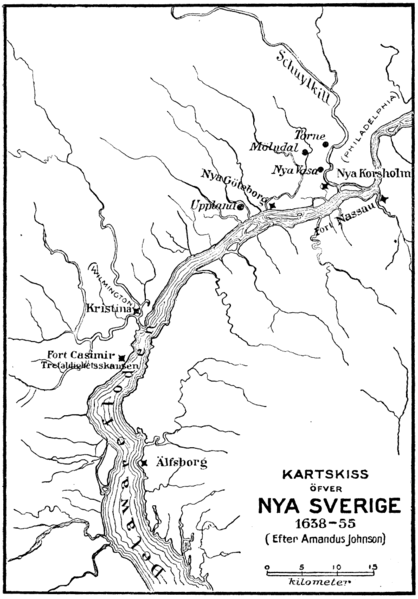
New Sweden Map
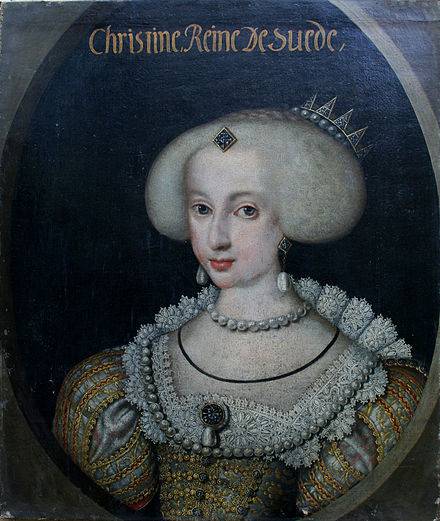
Jacob Heinrich Elbfas. queen christine.
The daughters of Gustav II Adolf are 14 years old here and she is a queen (from 6 years old, in fact, she began to rule from 18). The fate of Christina is so unusual that she herself could become the heroine of a separate article.
In 1655 New Sweden came under the control of the Netherlands.
Military reform of Gustav II Adolf
The king's reform made the Swedish army the most advanced and strongest in Europe. It was based not on mercenaries, but on free Swedish and Finnish peasants, recruited according to the recruitment system: one recruit from ten people. Gustav Adolf still could not completely abandon mercenaries during the war. Therefore, in the carts of his army, stocks of weapons and equipment were stored, which were issued to periodically hired soldiers.
This Swedish king is considered the creator of the linear tactics of troop formation, which was used in battles until the middle of the XNUMXth century.
In the Swedish army, the number of pikemen significantly decreased - their number now did not exceed a third of all soldiers, the rest were musketeers. And in 1632, separate musketeer regiments appeared. The muskets were of the Dutch type - lighter, with paper cartridges.
Instead of formations in thirds of thousands and battles, brigades were organized, consisting of two or three four-company battalions. The number of ranks has decreased. During the shooting, instead of 10, there were only three. Light "battalion" artillery appeared: the lightweight guns of the infantrymen of Gustav Adolf dragged themselves along.
In addition, the Swedish army was the first in the world to practice massive artillery fire. Another innovation was the allocation of an artillery reserve that could move to the desired direction. The most important innovation was the single caliber of artillery pieces, which greatly simplified the supply of shells to the Swedish army.
Gustav Adolf put his cavalry in three ranks, which increased its mobility and the ability to maneuver. Attacking, the Swedish cavalry went at a gallop in loose formation with a further strike with melee weapons.
In other armies, although it is hard to believe, the cavalrymen, most often when attacking, approaching, simply fired at the enemy with pistols. Then they retreated, reloaded their weapons and again approached the enemy.
Before the battle, the Swedish pikemen occupied a position in the center, musketeers and cavalry units were located on the flanks.
So, we come to the final, very short, but the brightest part of the life of this extraordinary and talented king. In the next article we will talk about his participation in the Thirty Years War, European glory and the tragic death at the Battle of Lützen.
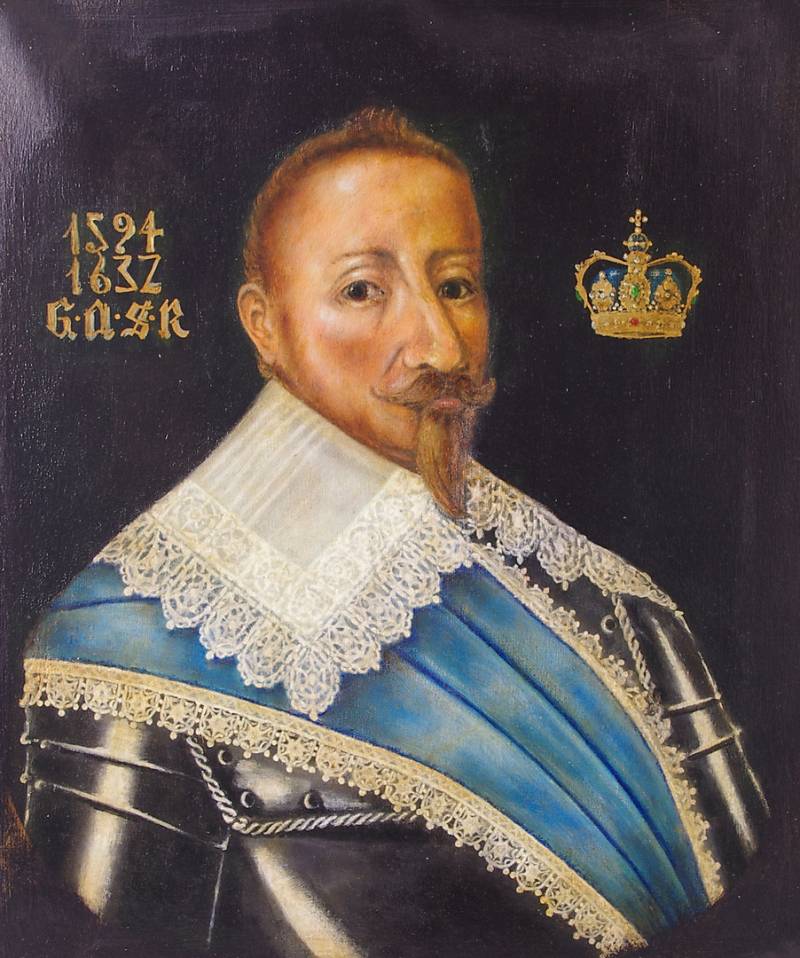
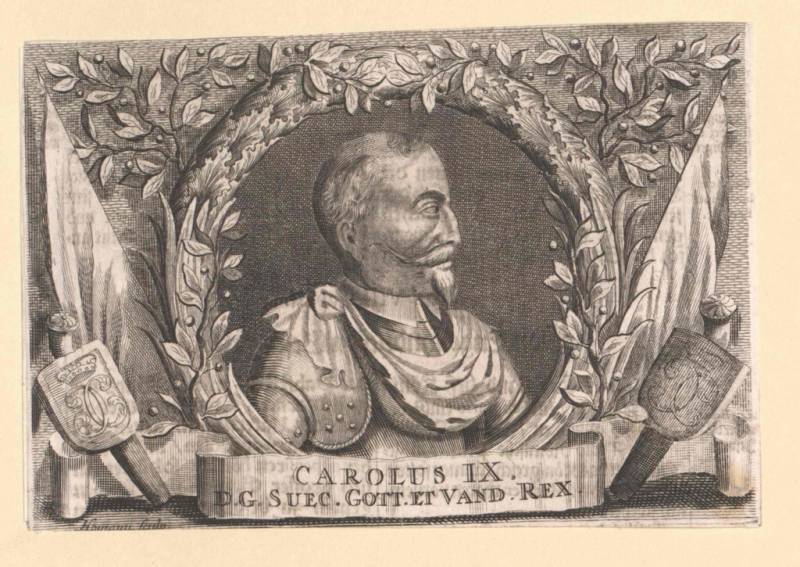
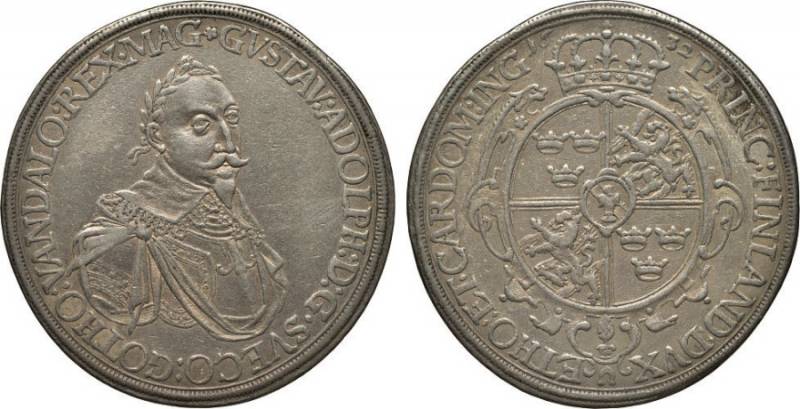
Information